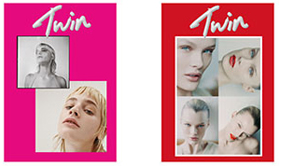American-born Central Saint Martin third-year fashion design student Harris Reed has quickly became on of the most recent names to know in fashion.
With his natural appetite for androgyny fused with an impeccable taste in design, Reed has found himself gaining attention from celebrities such as Solange Knowles and Troye Sivan. He’s also designed collections exclusively for singer-songwriter Harry Styles. Only a few months ago , the designer was tapped by Gucci to take over their instagram stories during the Cruise 2019 show and to debut on the runway himself in Arles, France.
Twin contributor Jordan Anderson sits down with the creative to decipher the details of his whirlwind of success.
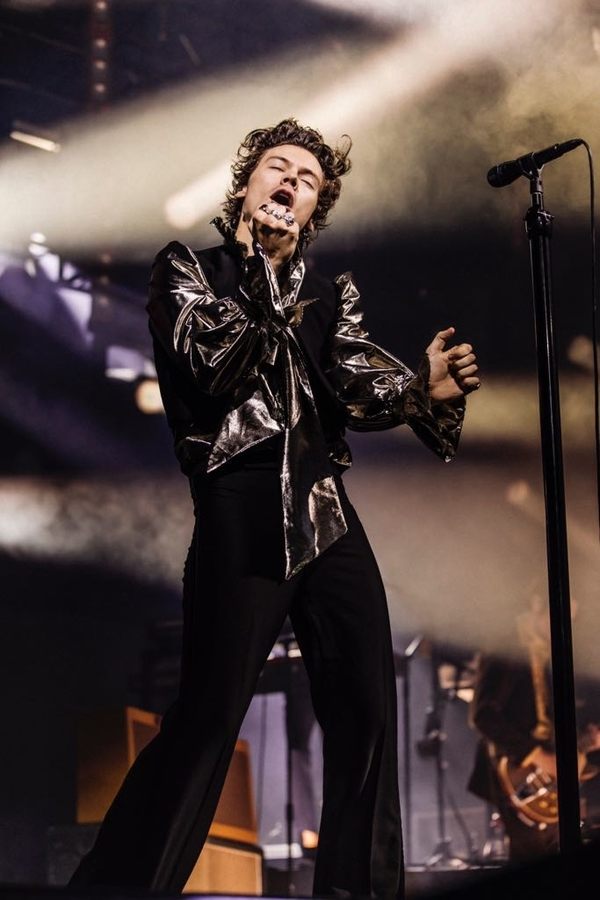
Jordan Anderson (JA) : First of all I have to ask, what were your exact thoughts walking down that aisle for Gucci in Arles?
Harris Reed (HR) : I remember the one thought going through my head was that this is it, this is the beginning of it all. With all the editors from all sorts of magazines that I’ve admired sitting in the audience, it was just kind of this overwhelming feeling knowing that I am one of the only designers that is being supported in this way by such huge brand. After all the hard work I put in, and am still putting in, this was like the best sort of graduation anyone could ever have.
JA: What’s an average day like in the life of Harris reed?
HR: Lately it’s been waking up at 7am and attending to emails, running out to get coffee and starting to do research on different things happening around London. I usually visit the National Portrait Gallery and other art exhibitions around town where I often find inspiration for my work.
Some days I’ll return home and do interviews all evening or some days I’ll stay up sewing until 4 a.m, but pretty much the bulk of my days involve emails, research and sewing.
JA: The title of your last collection was the “The Lost Romantic Boys of the Edwardian Summer Holiday.” What was the story behind it?
HR: The collection I did before this was a 13 look compilation for Harry Styles, which was what kind of led me to this project. That entire collection was inspired by the summers I spent down at the seaside in England with my grandparents. All the men in my family are kind of men of the sea and I’ve always felt kind of like the odd one out. It’s sort of a play on my interpretation of what I would look like if I was to ever be come one these characters.
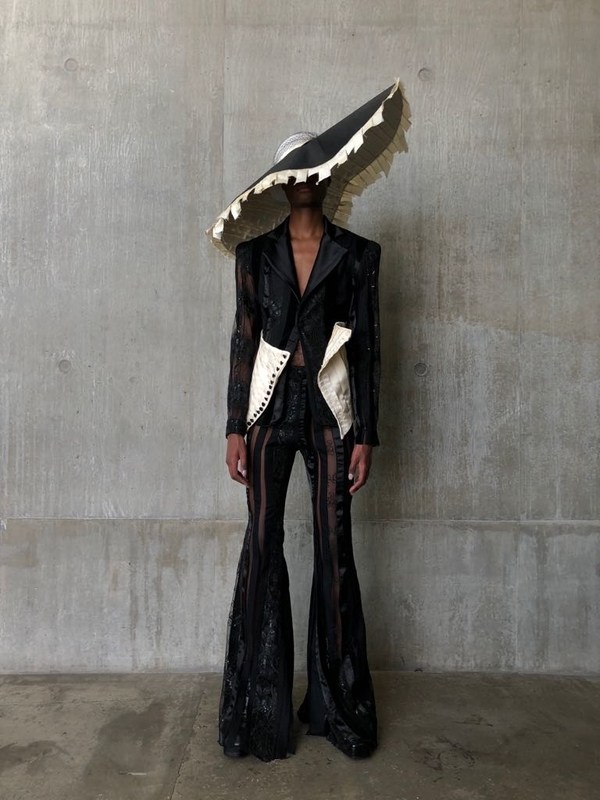
JA: What’s your design process like?
HR: I always start with a very strong character. Then I create a narrative around this persona and from there I dive into the design process through collaging, which is where I create a silhouette. It’s always a constant back and forth between collaging and working with the physical pieces as feel is very important to me in the creation of these characters. I end up doing a lot of hands on work while doing my sketching and collaging at the same time.
JA: People often label your work as androgynous, but do you consider yourself a menswear or womenswear designer?
HR: Even though I’m thinking about gender constantly when it comes to the physical design process I try not to imagine my characters as gendered. I imagine them more as fluid beings, it’s more about the body, the shapes, forms and the personality traits rather than all the labels.
So no, I wouldn’t place myself in either of those categories.
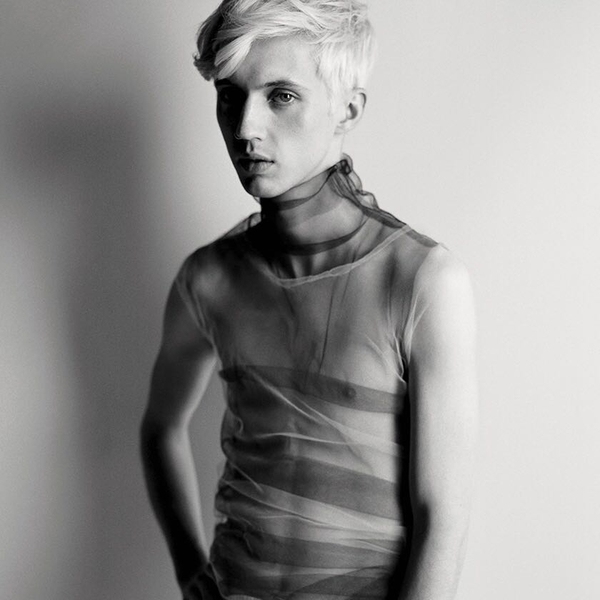
JA: If you could use one movie, a song, a poem or some type of media to define your work what would it be?
HR: It would surely be cross baby of the movies Only Lovers Left Alive (2013) and Orlando (1992) .
JA: When looking at your work, it’s noticeable that a lot of the pieces are quite similar to your personal style. Is your work a reflection of yourself?
HR: It’s quite funny because when I started designing, I noticed that the second I started making pieces that were for myself the response was much greater. I would definitely say that a lot of times my collections hold aspects of myself and my personality.
JA: Who is your work for?
HR: My work is for a very mixed group of people, from 16 year-old girls to 60 year old women. Everyone has a different perceptive on it: some people think it’s quite rock n roll, while some think it’s very tasteful and victorian like . It is for anyone who’s not afraid to dress up and understand that they’re going to spark conversation by wearing my pieces.
JA: I noticed when composing your look books and doing personal shoots that most of the models you use are black men. Was this intentional and why?
HR: I can never do anything for only the sake of being pretty or beautiful. I always have to be tackling issues that are important. For a short time in my life I did modelling and one of the things I noticed was the lack of diversity, so I always try to be as inclusive as possible. Also for me it’s more about the people I meet and their personalities. I would rather meet someone, get to know them and shoot them for my collection rather than just picking a random model from an agency.
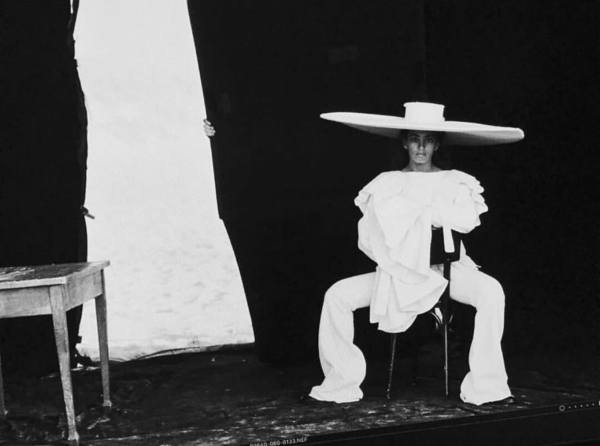
JA: Is a college education important for one wanting to be a designer ?
HR: It’s interesting because I’m obviously quite fortunate to have such great success before even completing university. However I’ve found CSM to be such an amazing experience. I look at the work I did a year ago and compare it to what I’m doing now and I see how I’ve experienced such enormous growth, and a lot of that was thanks to the professors and friends I’ve met here. So I think it’s good for growth. However I think there are some people who make it work without schooling . It just depends on the person. I would say it’s not mandatory, but it’s 100% beneficial if it’s within your means.
JA: What are some of the challenges you experience being a student who’s already in the spotlight?
HR: Finding the time to do everything is difficult. I’m a ‘yes’ person, I love to collaborate so the biggest challenge is knowing when to say no and understanding my limits.
JA: Can you tell me about a time that was scary for you?
HR: Moving to London from America for me was like coming out of a cocoon. When I got to London I was welcomed with such an accepting energy that pushed me to being more fluent and embrace who I was. One of the scariest moments for me was physically opening up and wearing these extravagant things that better represent me. Sporting these looks in public and worrying about what people will think. It was kinda just about that moment of physically coming out of a closet dressed in all these extravagant, decadent pieces.
JA: What would be the dream for your career ?
HR: I think it would be having a huge business that is completely gender fluid and which is giving back to the community. That’s successful in breaking down the fundamentals of the way fashion looks at gender and personally being a role model to people like myself.
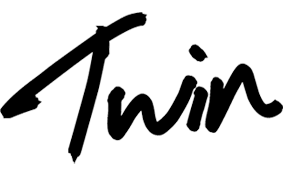
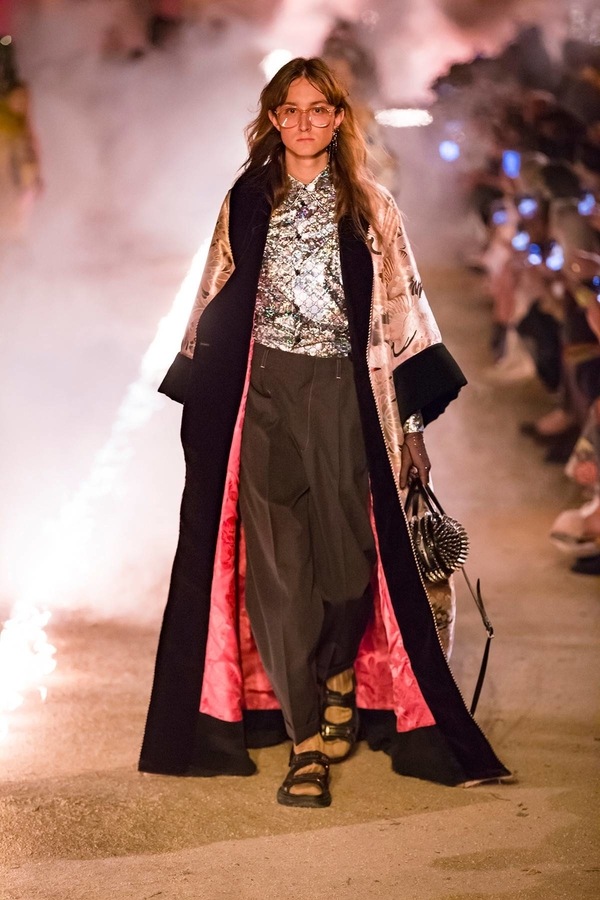
 PREVIOUS
PREVIOUS
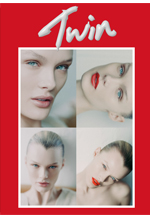
 Twitter
Twitter
 Tumblr
Tumblr
 YouTube
YouTube
 Facebook
Facebook
 Instagram
Instagram
